The meat has changed color! Thorough explanation of causes and remedies
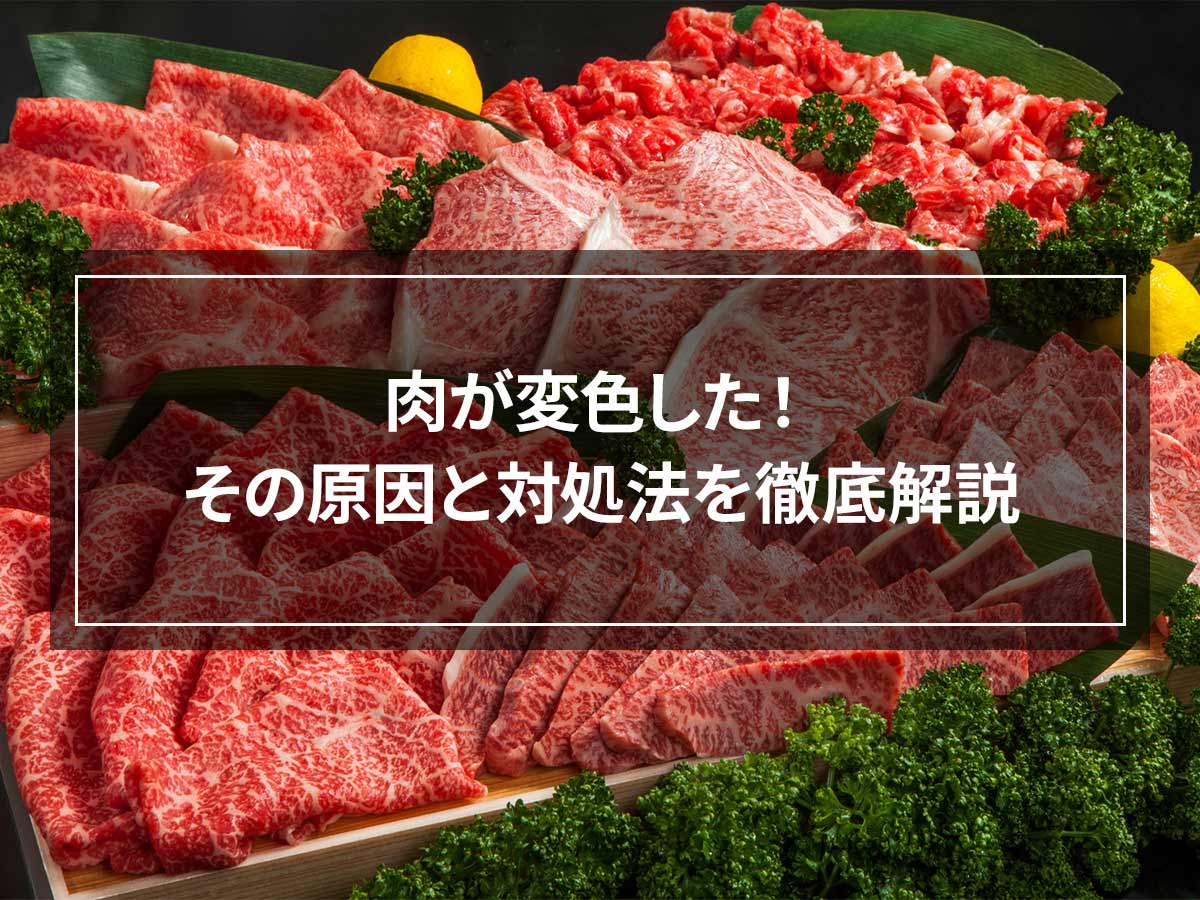
Many people who handle food products are troubled by discoloration of their food products.
In fact, you can improve the discoloration of food with a little effort.
Many people may have the impression that food discoloration progresses over time. However, I don't think there are many people who have thought deeply about why the color changes.
Just because food is discolored does not necessarily mean it is inedible. However, discoloration of food can lead to a decrease in product value, and in some cases may lead to serious complaints.
So, let's take a look at the causes of food discoloration. We will also explain in detail countermeasures against the causes, so you will know what you need to be careful about to prevent discoloration, and you will be able to improve food discoloration.
This is knowledge that you can immediately put to use if you know it, so please read until the end to prevent food discoloration and increase product value!
目次
Microorganisms, enzymes, and oxygen are the causes of food discoloration.
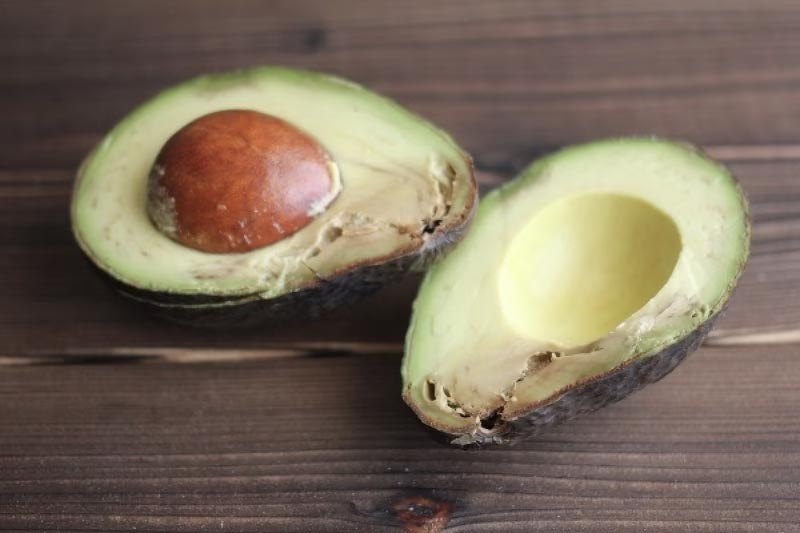
There are three main factors involved in food discoloration.
1. microorganisms
The first is due to an increase in microorganisms in food.
Microorganisms include bacteria, mold, and viruses, and there are a variety of microorganisms that exist, ranging from those that are useful for food to those that are associated with food spoilage and food poisoning.
The growth of microorganisms is related to temperature, moisture, and oxygen, and the influence of temperature is particularly important; food poisoning bacteria are most active at temperatures between 10°C and 45°C.
Cooked food must be cooled quickly because it must pass through this temperature range quickly.
In addition, microorganisms can proliferate due to insufficient heating and humidity, which can lead to discoloration and spoilage of food.
Discoloration caused by microorganisms has a high possibility of causing food poisoning, so you must be most careful when handling food.
2. enzyme
The second reason is due to enzymes found in food.
Enzymes are responsible for the discoloration of the cut edges of apples and the blackening of lotus roots and burdock.
Enzymes are sensitive to heat, so heating food will stop the discoloration, but they are more sensitive to low temperatures.
The reason why frozen foods change color when stored for a long time is because enzymes are active in the food even in the freezer.
Storage at -25°C or lower is required to suppress enzyme activity.
3. oxygen
The third cause is oxygen in the air.
When food is exposed to air for a long time, the oxygen in the air oxidizes the food.
Oxygen causes the brownish discoloration of meat that has passed over time, and the unpleasant smell of oil that has been used repeatedly.
In particular, oil is the most easily oxidized, and when fried foods, meat, fish, etc. are stored for a long period of time, they are more likely to discolor or change in taste.
Lipid peroxide is what is produced when oil oxidizes.
This lipid peroxide is poorly absorbed in the body, causing indigestion, abdominal pain and diarrhea, and increased cholesterol levels.
Oxidation of food not only causes discoloration, but also a decrease in nutritional value and adverse effects on the human body, so care must be taken.
Can you eat discolored food?

It turns out that there are various causes of food discoloration.
Can I eat discolored food? I would like to make decisions one by one.
The meat turned black
I'm sure everyone has experienced the reddish flesh turning brown to blackish.
This brownish or blackish discoloration of meat is caused by the meat being exposed to air and oxidizing.
Meat that has discolored due to oxidation can be eaten. However, as oxidation progresses, changes occur in the flavor, texture, and nutritional value of the meat.
Judging whether meat is edible includes not only changes in color, but also smell and the condition of the surface of the meat.
If you smell the meat and it smells sour, be careful.
It is highly likely that it is corrupted.
Meat turns green or yellow
If the surface of the meat turns green or yellow, the discoloration may be caused by mold.
Some people may think that the food is edible if the moldy part is removed, but even if the food is not discolored, mold is present throughout the food, so it is not edible.
If the meat is stringy, it is also rotten and dangerous.
The apple I cut turned brownish.
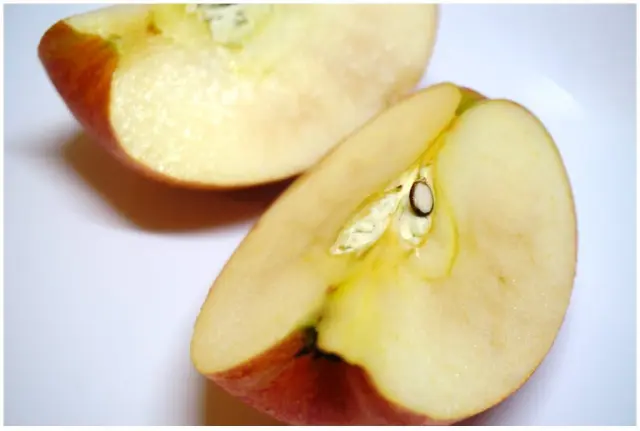
If you cut an apple with a knife and leave it for a long time, the cut edges will turn brown.
This is caused by the polyphenols and enzymes contained in apples.
Polyphenols in apples include procyanidins, chlorogenic acid, and catechin, and discoloration occurs when these polyphenols react with polyphenol oxidase.
The same phenomenon occurs when bananas and lotus roots change color.
Foods that have changed color due to this phenomenon can be eaten, but because the food changes color if left for a long time, the food is often judged as not being fresh and its product value decreases.
To prevent discoloration, it is necessary to prevent food from coming into contact with air or to stop enzyme activity.
To prevent food from discoloring
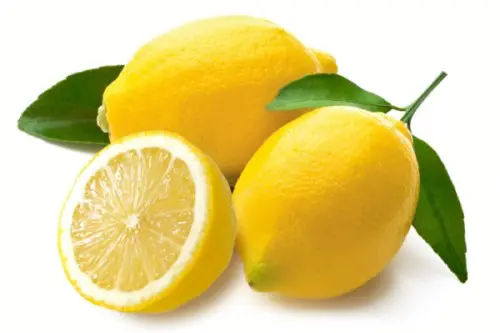
Now you know that oxygen is involved in the discoloration of food.
To prevent food from discoloring, it is important to prevent oxidation, that is, prevent food from coming into contact with air.
Store food in a way that air does not come into contact with it, using plastic wrap or vacuum packs.
Oxidation progresses even when stored in the freezer, so for long-term storage it is important to store it in an airtight container, such as in a vacuum pack.
Adding antioxidants such as vitamin C can also be effective.
Device to prevent food from oxidizing
If we can prevent food oxidation and discoloration, it will be possible to maintain the freshness of food and maintain its value.
The first thing to do is to prevent food from coming into contact with air, but did you know that there is a device that prevents oxidation when stored in the refrigerator?
This is a device called DENBA that aims to maintain freshness.
The electrostatic waves generated by the discharge plate installed in the refrigerator activate the water molecules in food by giving them slight vibrations, preventing food from oxidizing and creating an environment that does not freeze even at subzero temperatures.
Additionally, it creates an environment that does not freeze even at -4℃, which has the effect of suppressing the growth of bacteria.
DENBA can be retrofitted to existing refrigerators and has a space-saving design.
Since it emits electrostatic waves throughout the interior of the refrigerator, it maintains the freshness of all existing storage spaces.
Conclusion
If we can prevent food from discoloring, we can use the food in a high-quality state without wasting it.
Additionally, the freshness of food can be maintained, leading to reduced food costs and increased customer satisfaction.
If you are concerned about maintaining the freshness of your food, we recommend that you consider this.








![[Storage period increased by 30 times! ] Achieving a stable supply of raw whitebait!](https://shunkashutou.com/wp-content/uploads/2016/11/579c55e6d32e1385c250e8e7c3ed59a71.jpg)
![[Sales increased 100 times! ] rapid freezing the signature menu “Ni-katsu sandwich”!](https://shunkashutou.com/wp-content/uploads/2016/11/IMG_02391.jpg)
![[Horse sashimi] We have significantly reduced waste loss with rapid freezer!](https://shunkashutou.com/wp-content/uploads/2016/11/5fda59d0cbcdabde18e58c3c58c09ed0.jpg)




![[Storage period increased from 3 days to half a year! ] Restaurants are expanding their business using wholesale and mail order!](https://shunkashutou.com/wp-content/uploads/2018/04/66c19942ab4ba346fdb64ccc04cde373.png)
![[Reduce loss from 200 kg of oysters to zero] Improve loss and expand business with rapid freezer](https://shunkashutou.com/wp-content/uploads/2018/06/19785ca583a8d3c4041c7c192d041b0d.jpg)












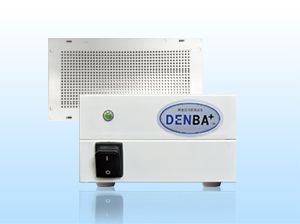


![[How long does frozen fish and meat last? ] Interesting expiration dates and tips to extend the shelf life](https://shunkashutou.com/wp-content/uploads/2023/08/f124221382987fe32d0ffda6b6f497c1.jpg)

![[Easy thawing method] Low temperature thawing to lock in the deliciousness of meat](https://shunkashutou.com/wp-content/uploads/2024/08/899e71a518bbd73569bf085ff0accd61.webp)
![[Includes recommendations by industry] Summary of types and benefits of small rapid freezer](https://shunkashutou.com/wp-content/uploads/2020/12/smallsize.jpg)
![[Deliver delicious ham! ] Meat processing manufacturer’s rapid freezing implementation example](https://shunkashutou.com/wp-content/uploads/2024/09/0825c4a97ac8495fd2408a91574cede6.webp)
![Introducing how to freeze fried chicken and a delicious recipe [Explaining tricks and techniques]](https://shunkashutou.com/wp-content/uploads/2023/09/2d15a108b8d7de5b4811f69c9bc8b8f1.jpg)
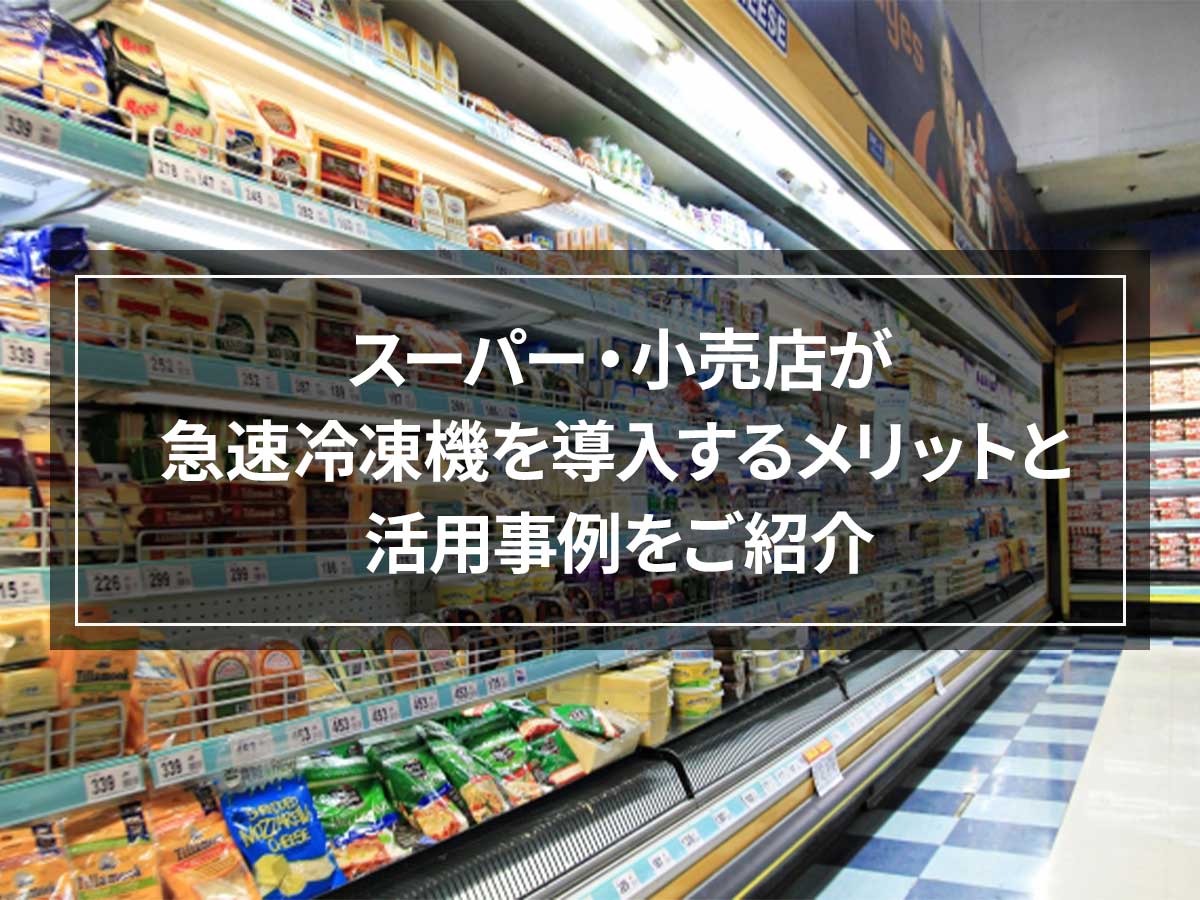
![[Various recipes] 3 tips for using frozen minced meat deliciously](https://shunkashutou.com/wp-content/uploads/2023/08/e9b2fc255393916ab79ea8b7fa0807d3.jpg)
![[Can it be frozen? ] Introducing how to freeze ham and delicious recipes!](https://shunkashutou.com/wp-content/uploads/2023/09/867d7b924bf17d95bedba60a6503e00e.jpg)
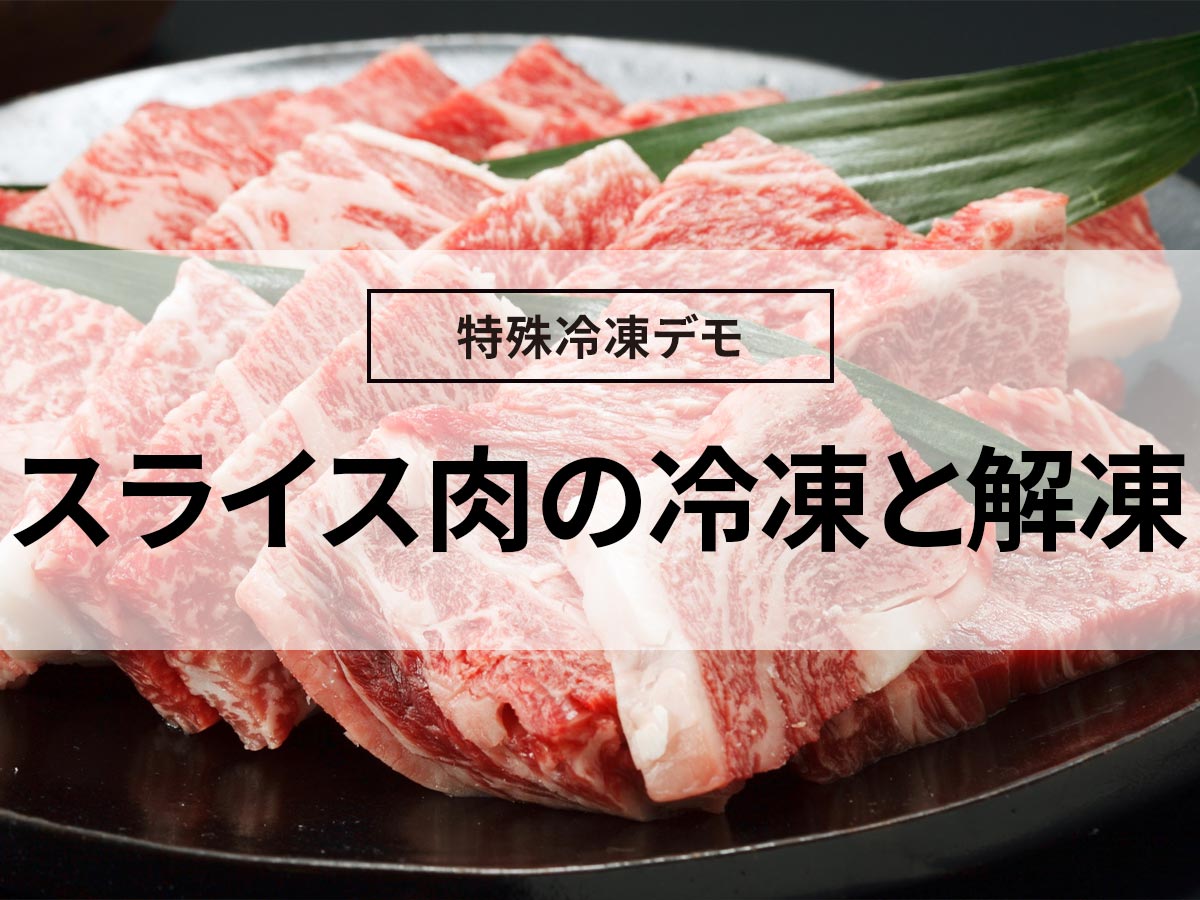
![[Can it be frozen? ] How to freeze bacon, storage period, and 5 recipes!](https://shunkashutou.com/wp-content/uploads/2023/07/52dff5bc109cd400879fbf9bb35b3856.jpg)
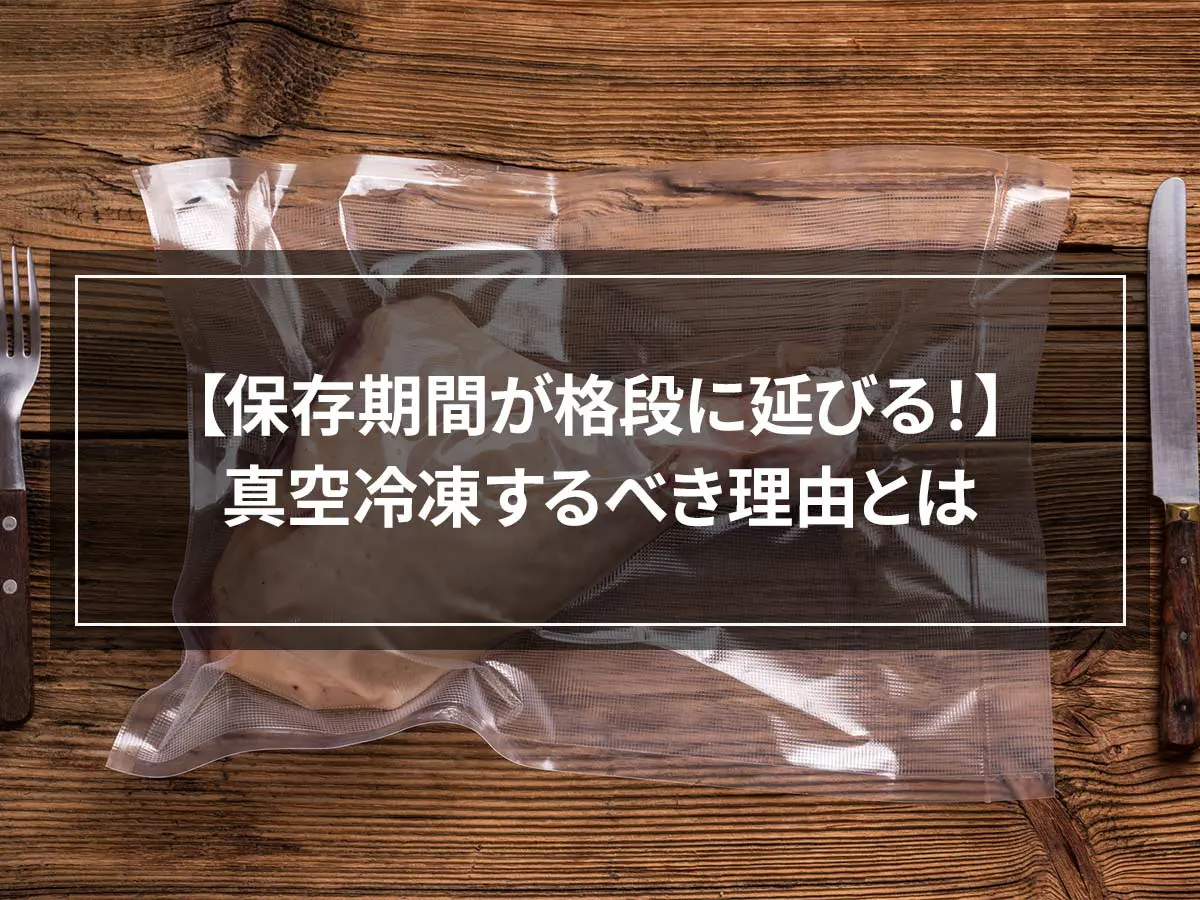
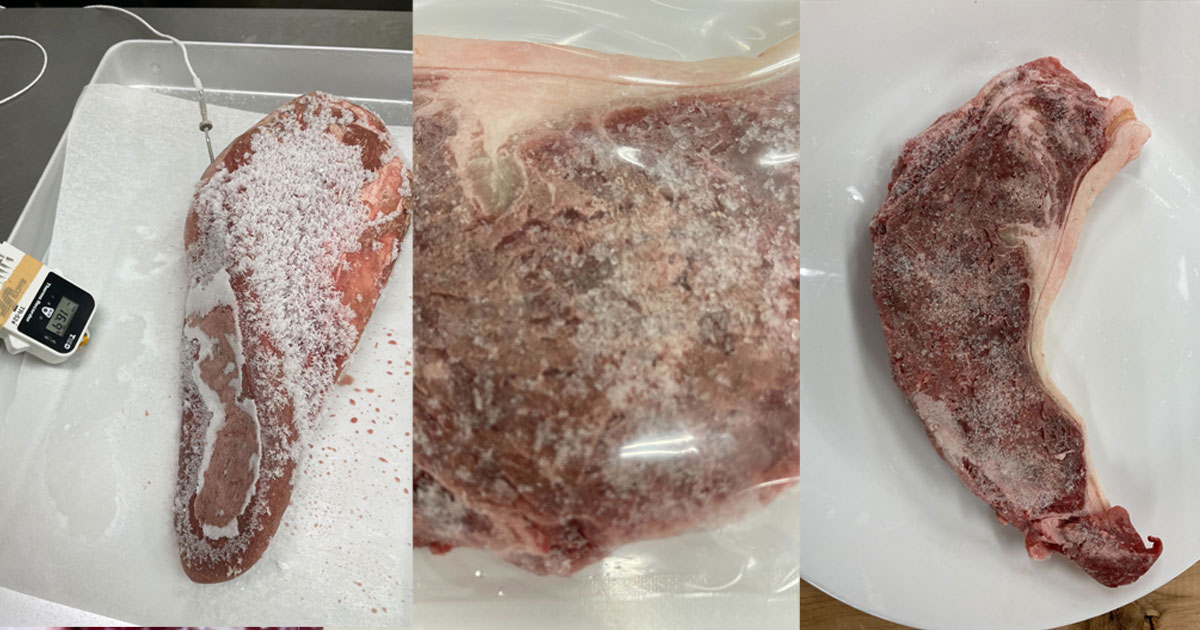
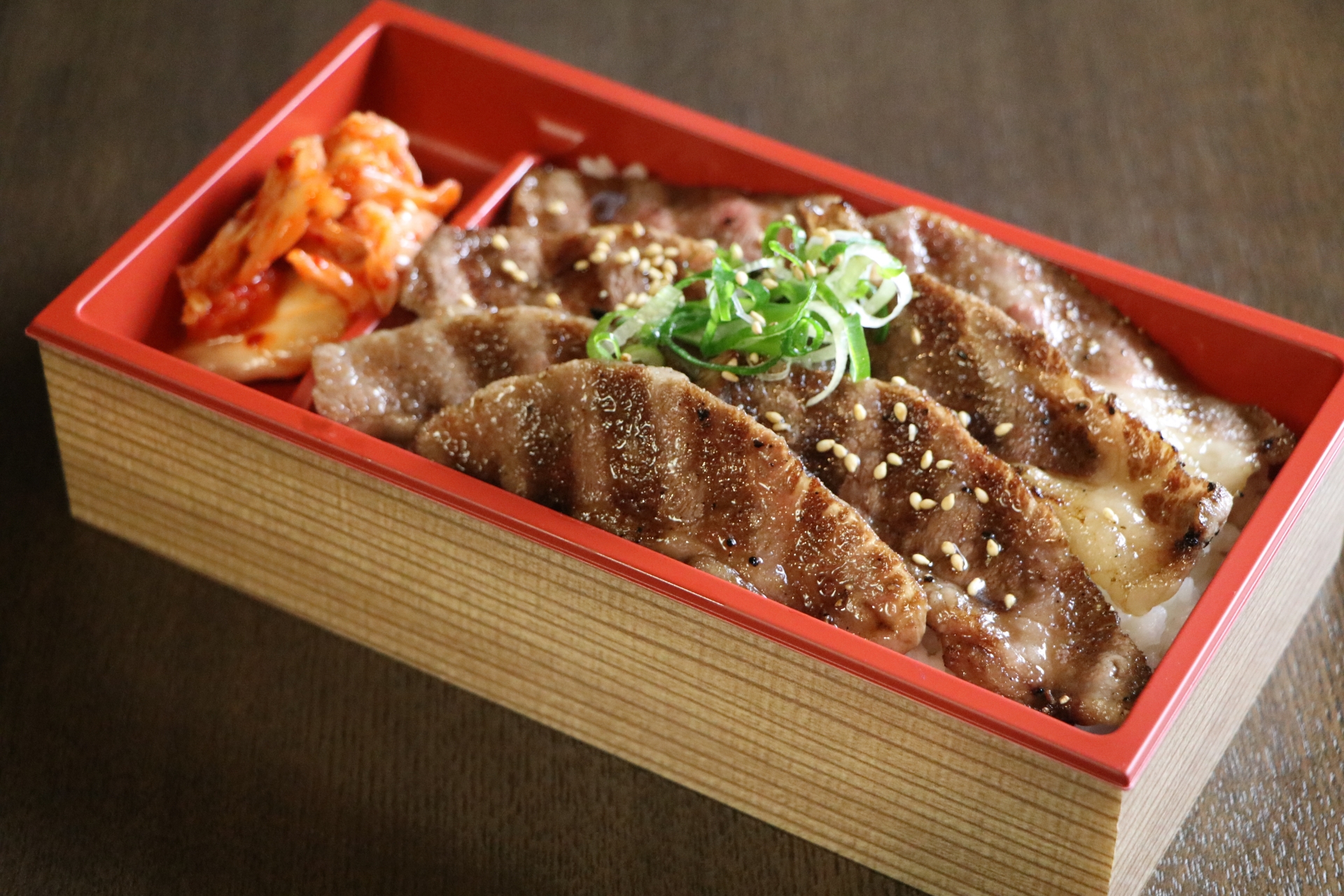
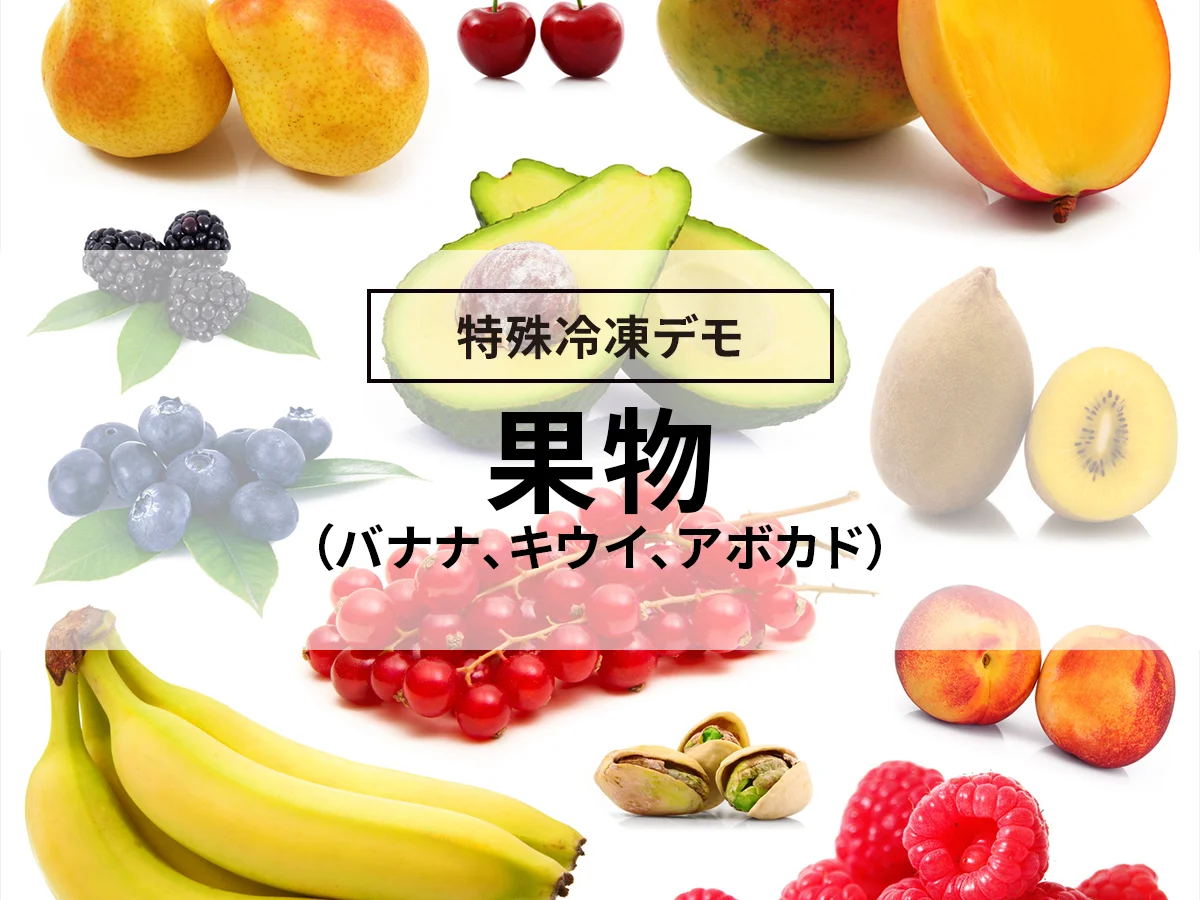
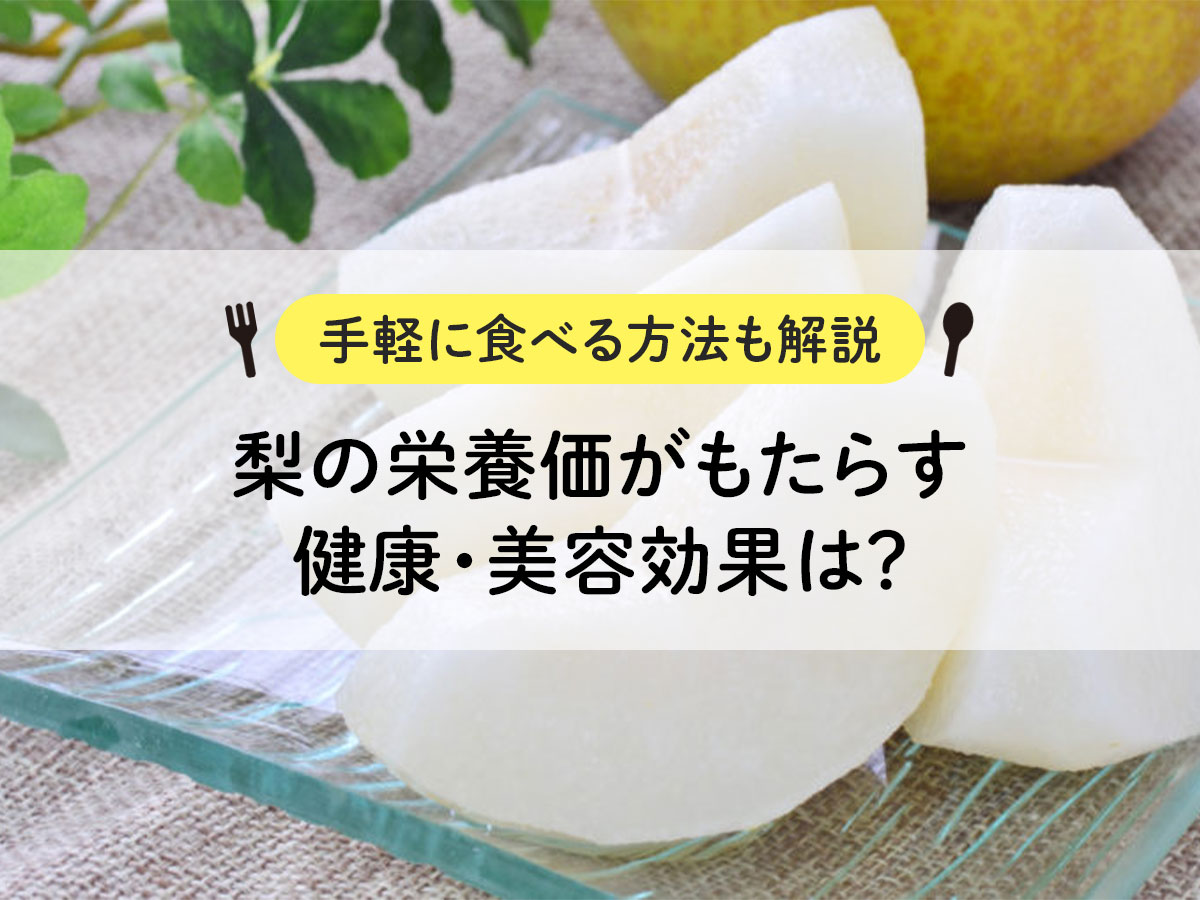
![Introducing recipes and methods for freezing and thawing bananas [Explanation with photos! ]](https://shunkashutou.com/wp-content/uploads/2023/07/494e7567627fb35e47ee5cb0e06e142c.jpg)
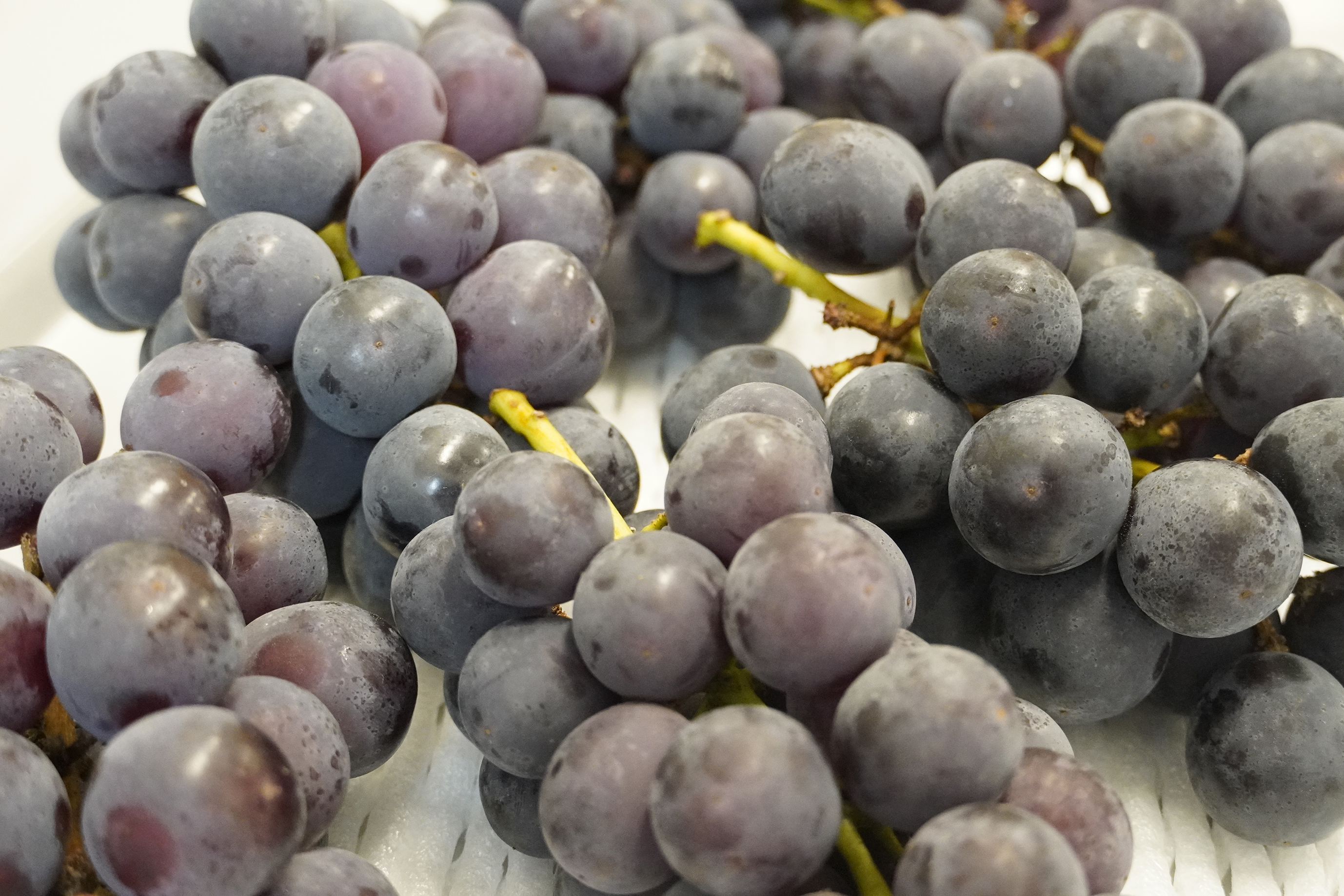
![Freezing fruits (melons, grapes, pineapples) [rapid freezing demo]](https://shunkashutou.com/wp-content/uploads/2017/04/f6c25534c570755c38676fba88215298.webp)
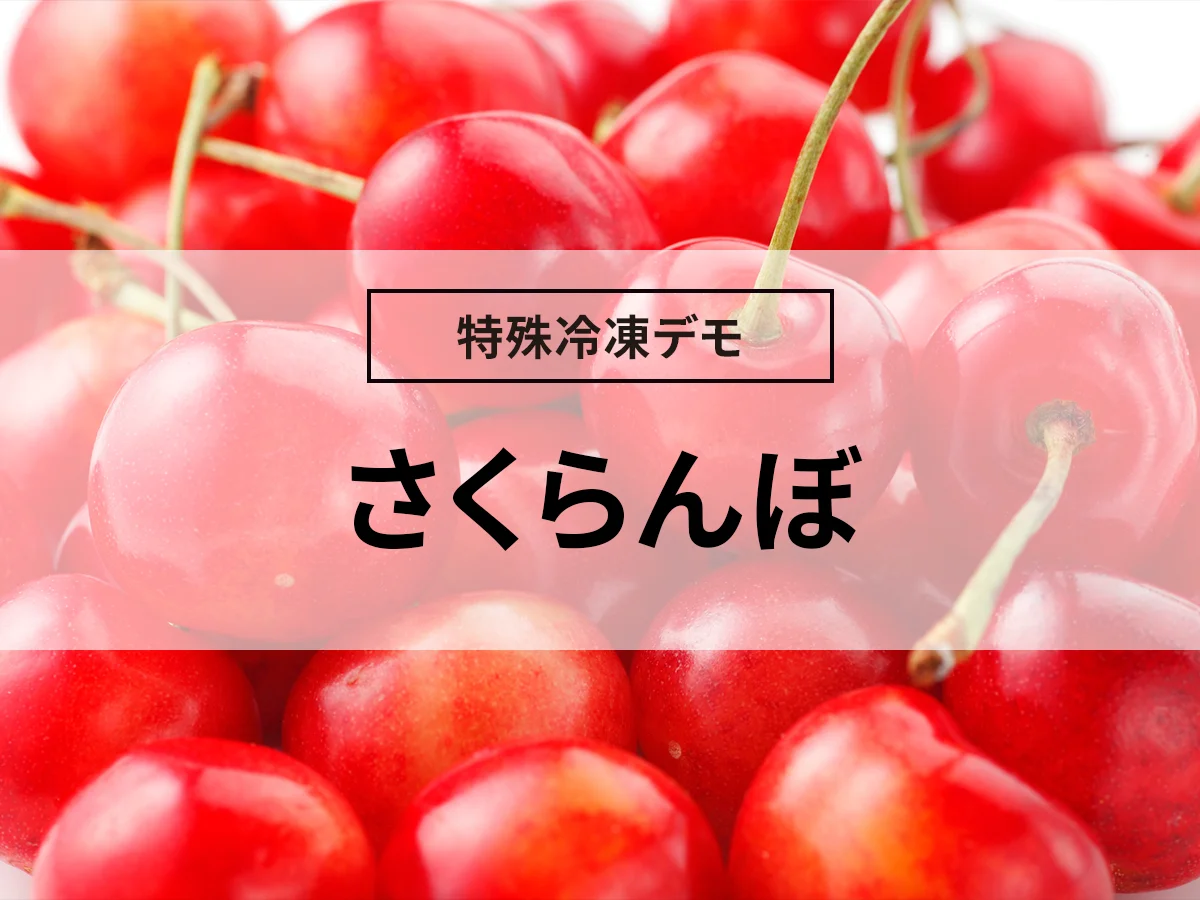
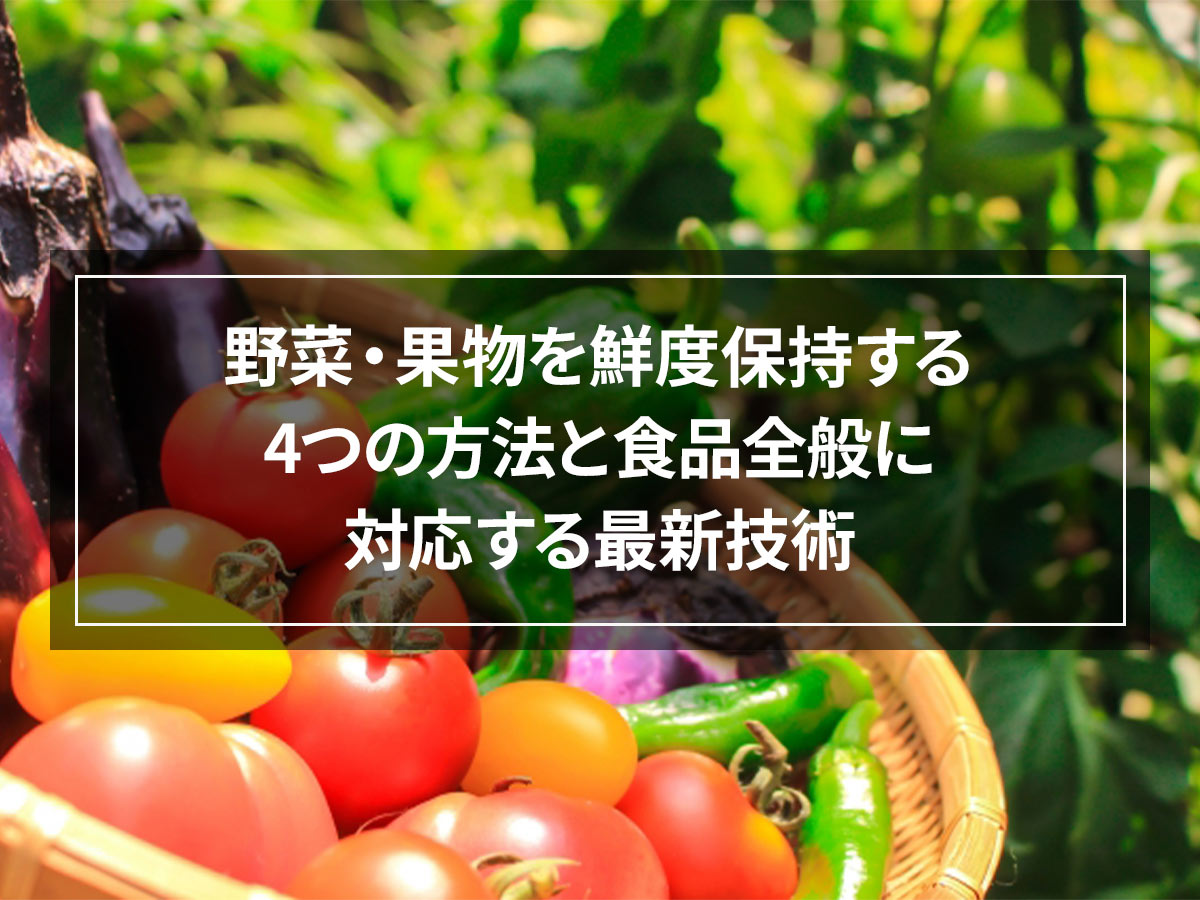
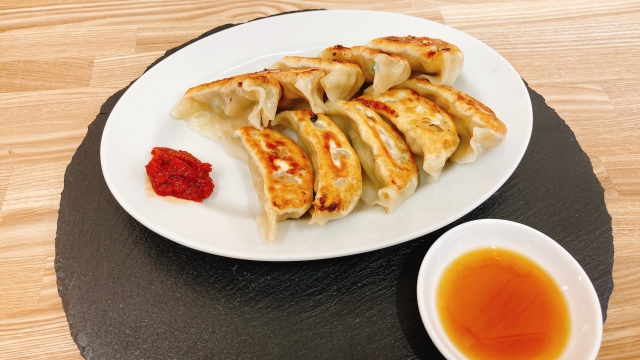
![How to freeze delicious strawberries and 5 recipes! [Explanation with photos! ]](https://shunkashutou.com/wp-content/uploads/2023/09/1509eaf30e7a2fc1b5bbc88ae15a4034-1.jpg)
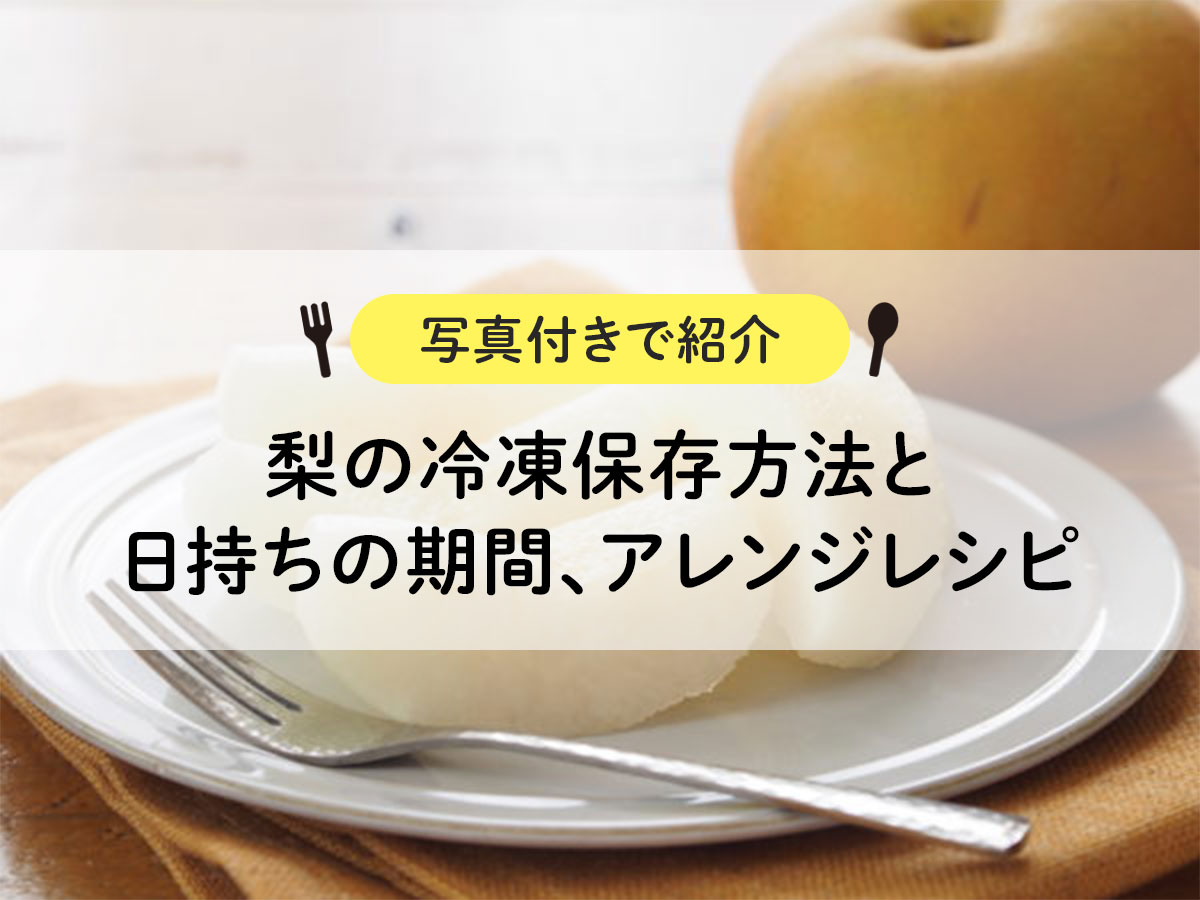
![[Can it be frozen? ] How to freeze mashed potatoes, how long they can be stored, and how to use them](https://shunkashutou.com/wp-content/uploads/2023/09/b7f3f25102051473b7c2f9452840a6f4.jpg)
![How to freeze grapes, thaw them, storage period, and 5 recipes! [Explanation with photos! ]](https://shunkashutou.com/wp-content/uploads/2023/07/c773e4ee54900a04329b03d0df5c7834.jpg)
![[A little different! ? ] How to defrost frozen udon and 7 different recipes!](https://shunkashutou.com/wp-content/uploads/2023/08/91fb1e27ec38400acc9b3b6ca6233f65.jpg)
![[Shop for carefully selected fresh udon] 5 reasons why udon restaurants should introduce rapid freezing](https://shunkashutou.com/wp-content/uploads/2021/02/713146fd51058df15ccc18c6188c1407.jpg)

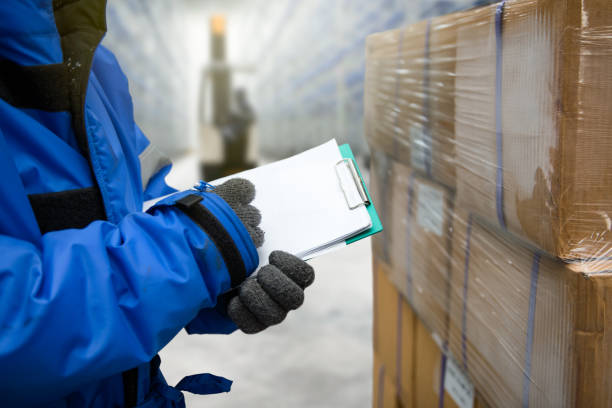

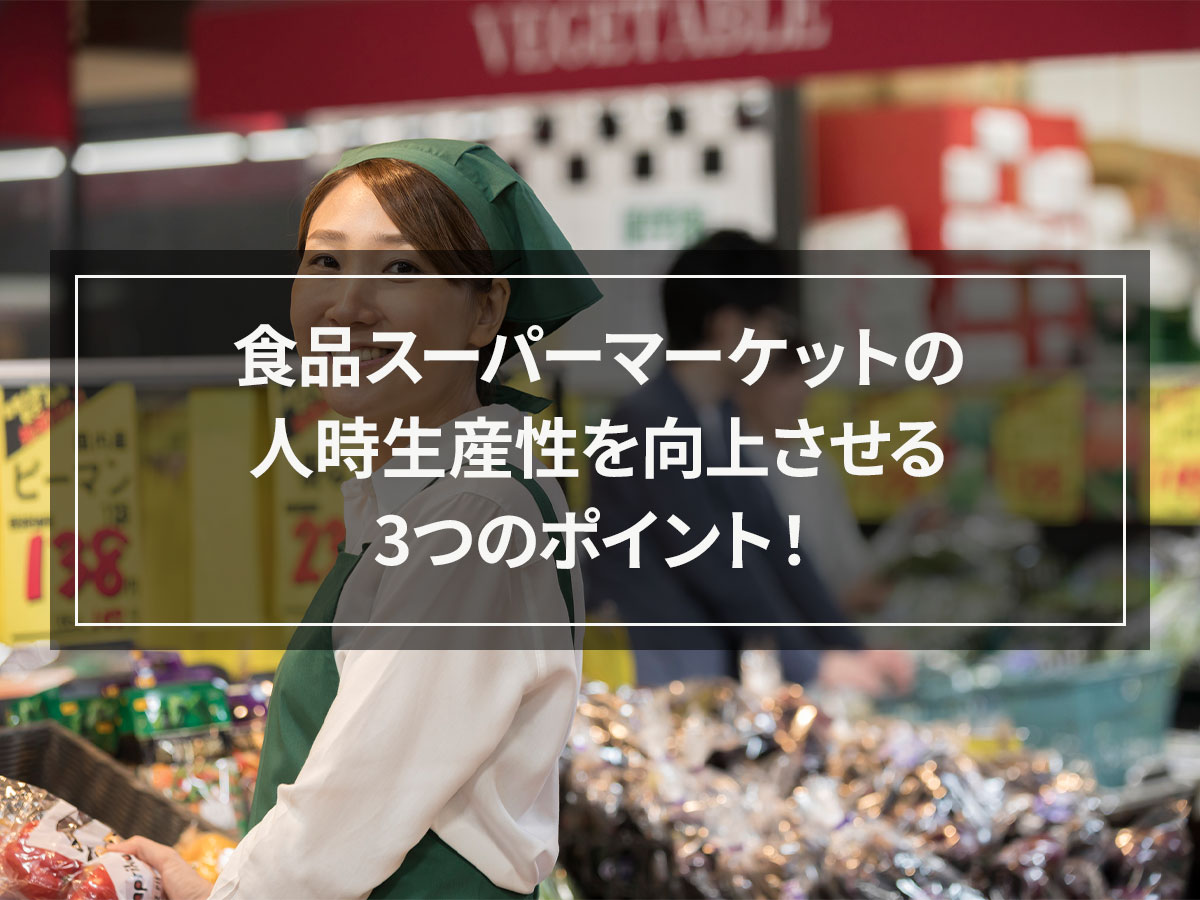
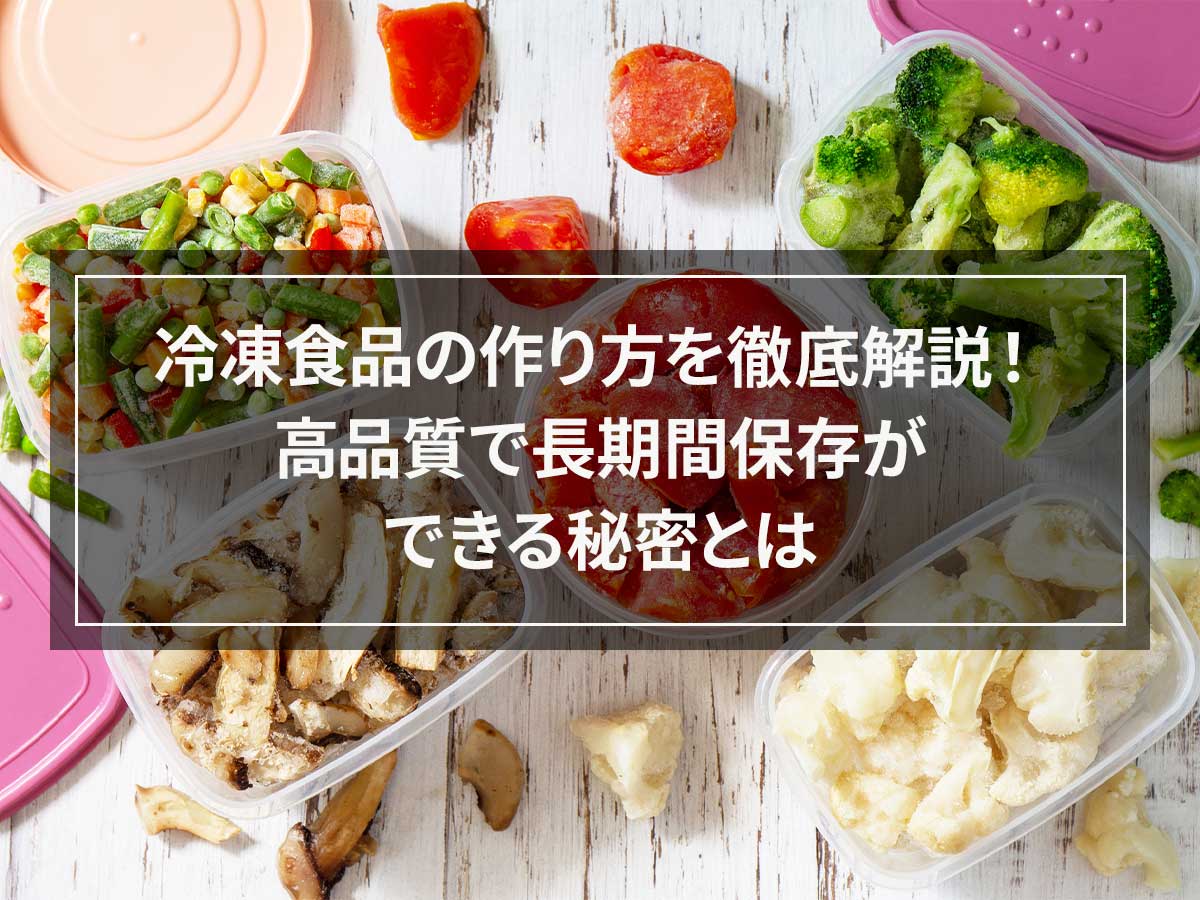

![[Thorough guide to preserving meat] Preservation methods, expiration dates, thawing methods, rapid freezing](https://shunkashutou.com/wp-content/uploads/2023/09/ec61889773cfed9c75aa97d9ca6c96dd-1.jpg)

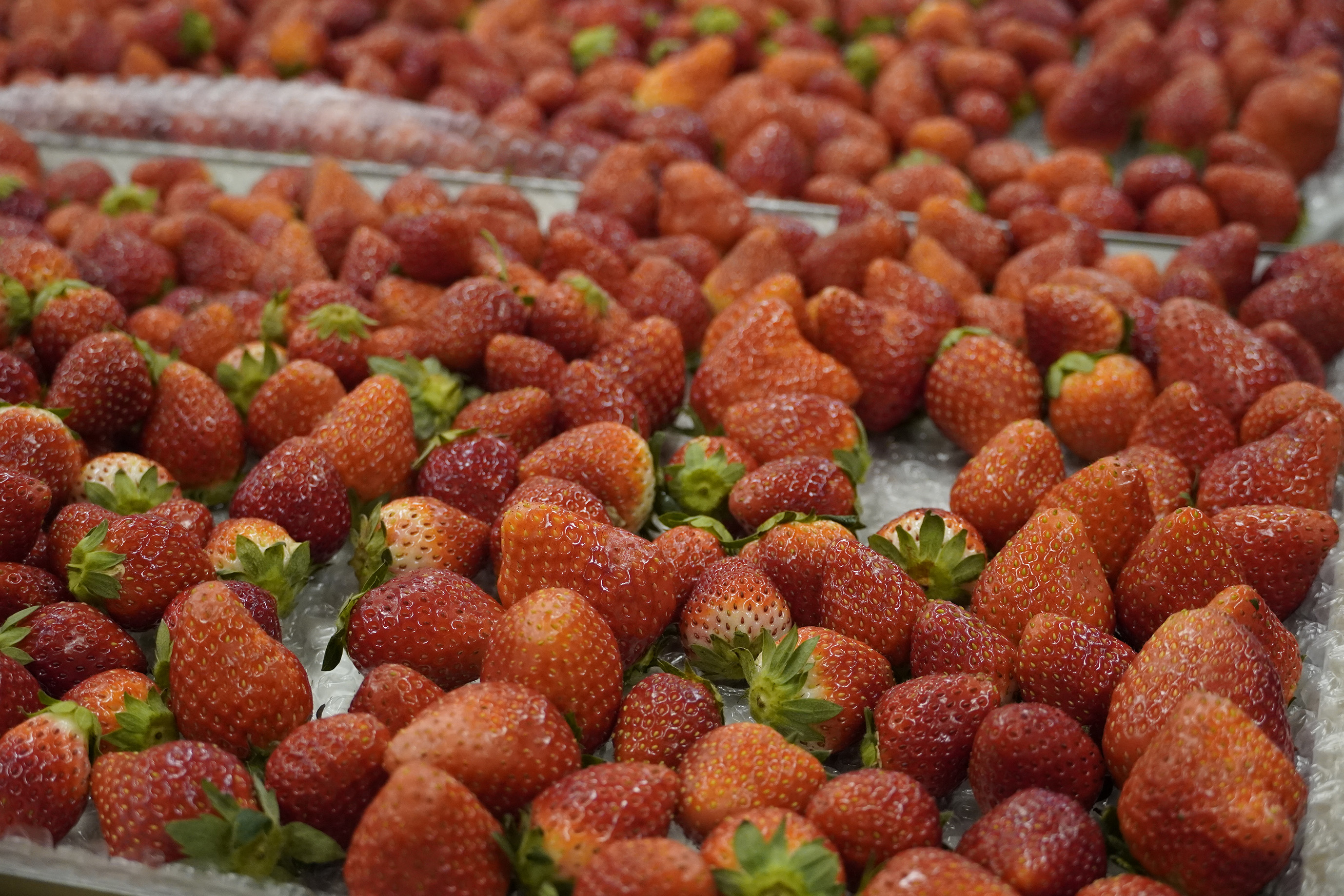
![[Is it more nutritious than raw? ] Introducing recipes and how to preserve frozen blueberries](https://shunkashutou.com/wp-content/uploads/2023/07/bdc074d8bfa2dc63c2c7bf92dc1dd07d.jpg)
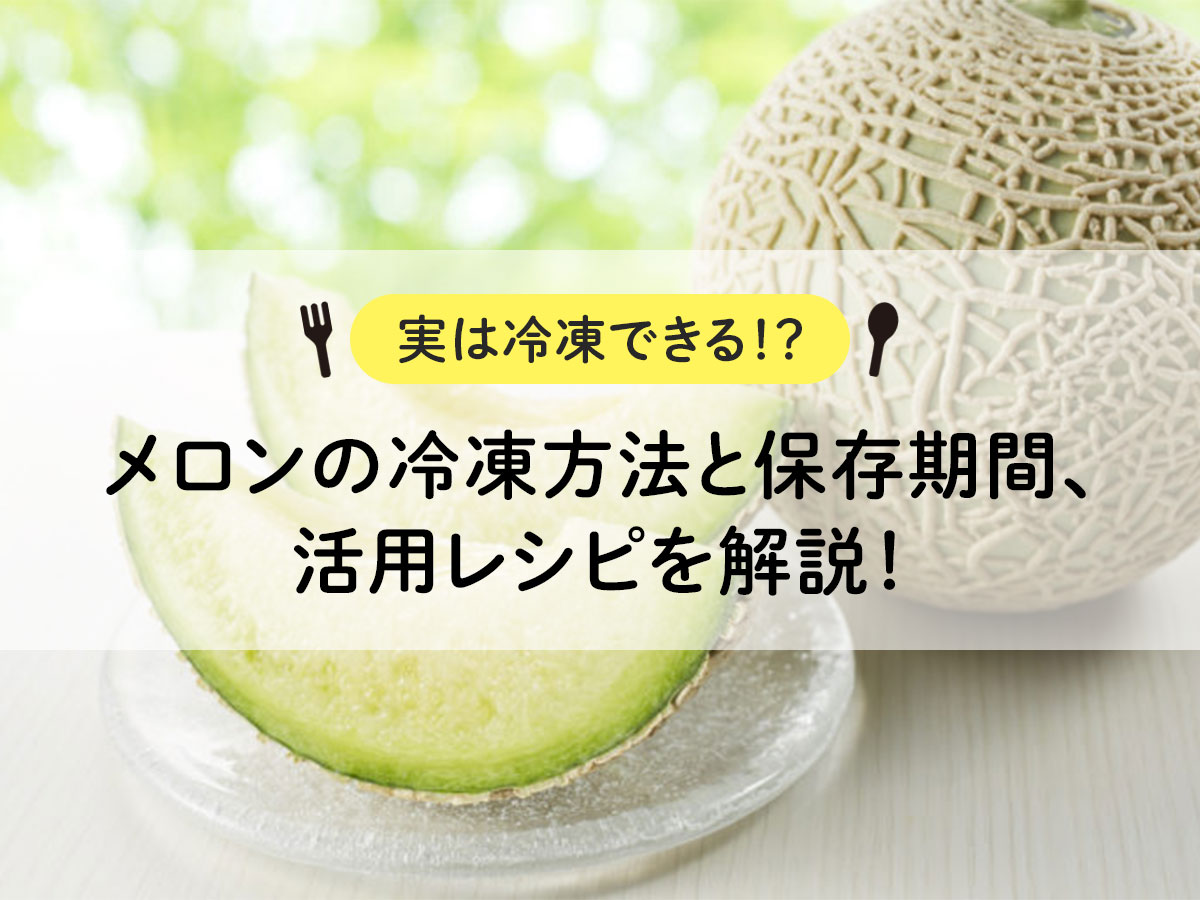

![[Recommended for lunch boxes too! ] Introducing recipes and methods for freezing pasta!](https://shunkashutou.com/wp-content/uploads/2023/10/93f66b71b92cbe1085d41c4ed80d7726.jpg)
![[Can it be frozen? ] 5 recipes for yogurt freezing and shelf life!](https://shunkashutou.com/wp-content/uploads/2023/10/yogurt-catch-768x512-1.jpg)
![[Commercial use] Thoroughly investigate the cause of frost forming in the freezer! How to prevent frost formation?](https://shunkashutou.com/wp-content/uploads/2024/08/09c17e4deeb1ac0cdc5a513eaf89ab1a.webp)
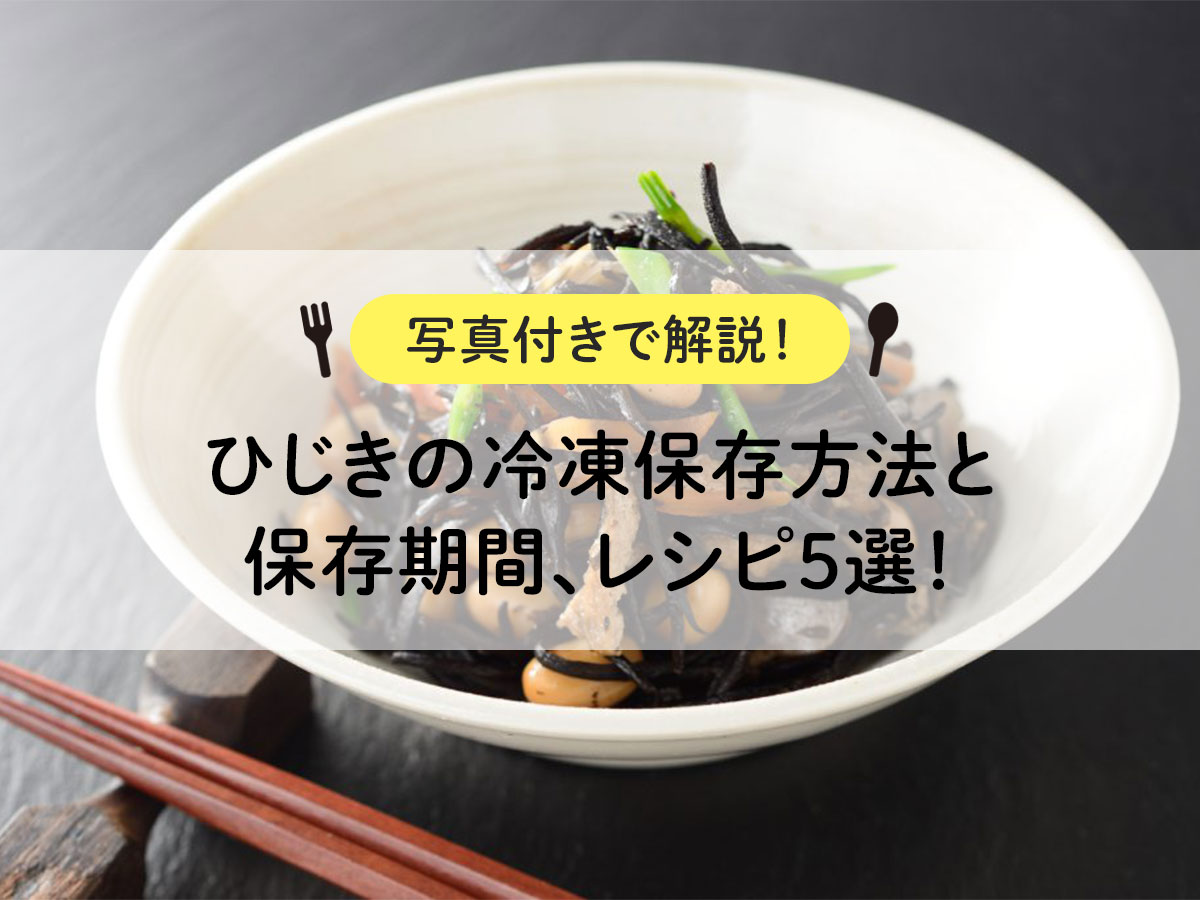
![[How to freeze and store clams to improve nutrition] How to freeze and thaw clams and 5 recipes!](https://shunkashutou.com/wp-content/uploads/2023/07/ecfa61188368277d34c95d6667bf15fe.jpg)
![[Explanation with photos] How to freeze octopus, storage period, and 5 recipes!](https://shunkashutou.com/wp-content/uploads/2023/10/5128a2b3fa3cc254cffab87821372215.jpg)
![How to freeze sweet potatoes, storage period, and 5 recipes! [Explanation with photos! ]](https://shunkashutou.com/wp-content/uploads/2023/10/36256af24531b73a036523ba73bdf9ec.jpg)
![[How to use leftover sashimi! ] Introducing frozen preservation methods and arrangement recipes](https://shunkashutou.com/wp-content/uploads/2023/10/7451dbe2231dbc559fe002350b8add67.jpg)
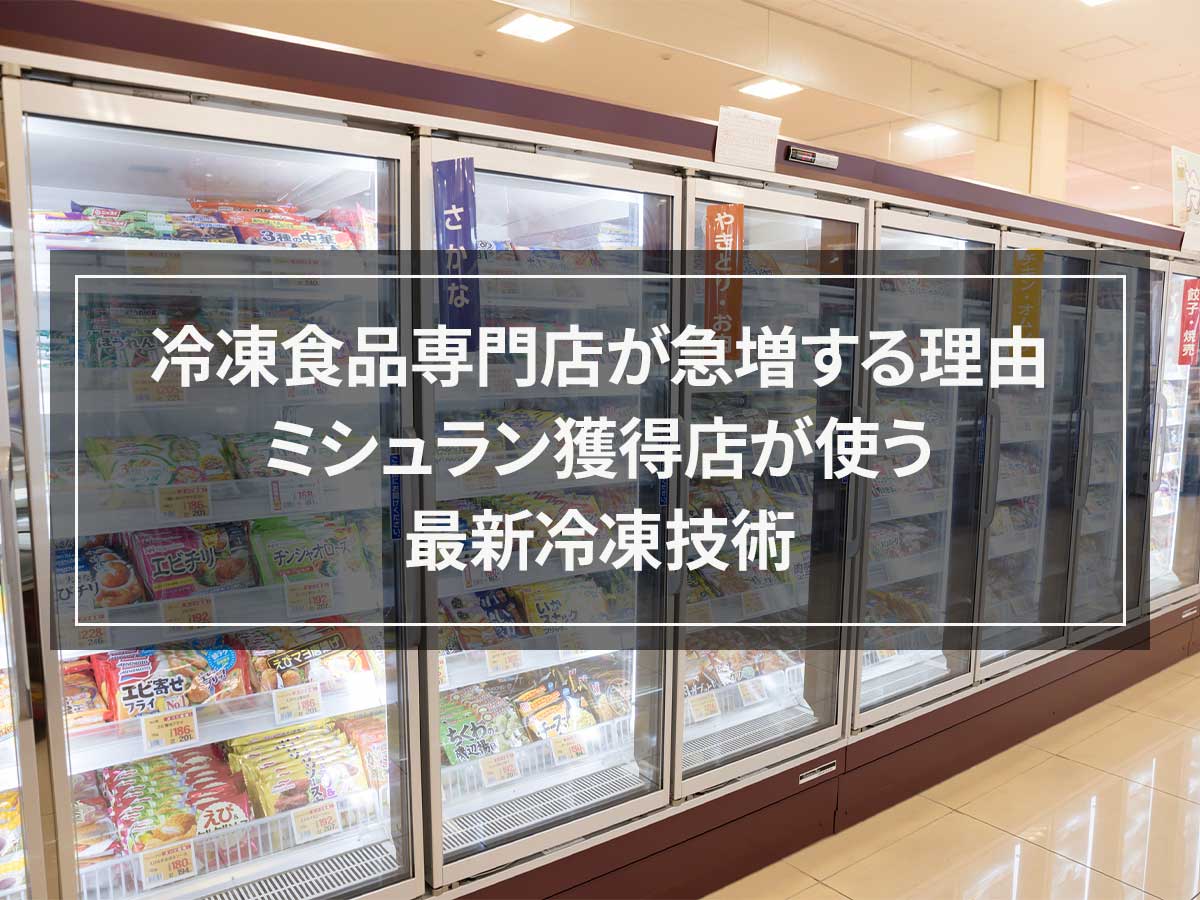
![[Used in various fields] Points to note when purchasing liquid nitrogen](https://shunkashutou.com/wp-content/uploads/2024/08/864ed88d3bcf695fd1a9af88d772606c.webp)

![[Achieving instant freezing at home] The evolving freezing function of home refrigerators](https://shunkashutou.com/wp-content/uploads/2015/10/93e403bcf18bda6b2d63c7c74fdef064.jpg)
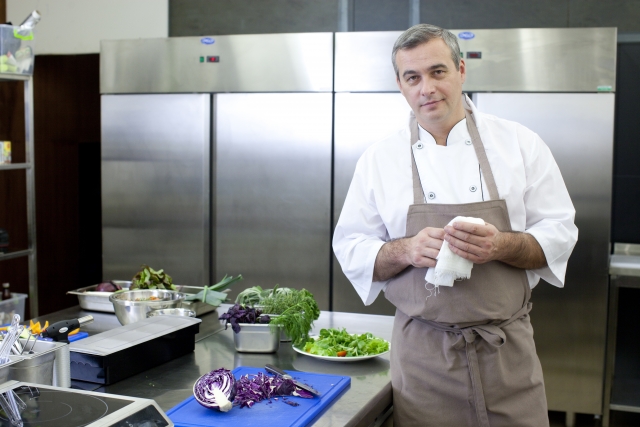
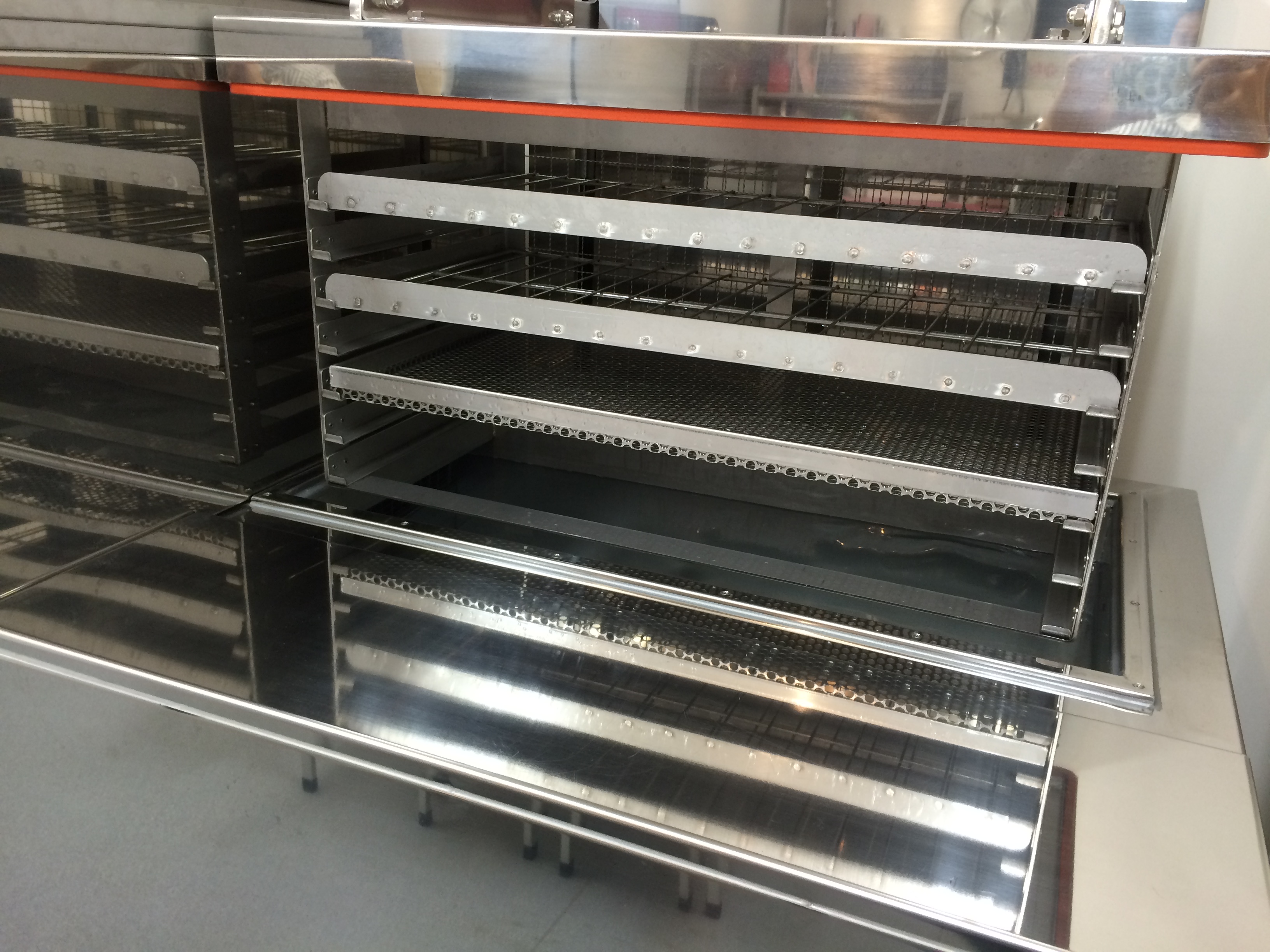
![[Required for Cook Chill System] How much does a blast chiller cost?](https://shunkashutou.com/wp-content/uploads/2024/08/fc29ddca3d7d1f8d53bf99518ce28fcf.webp)





